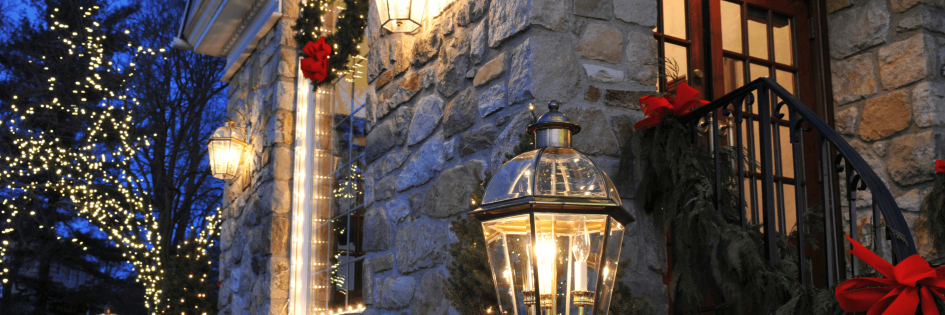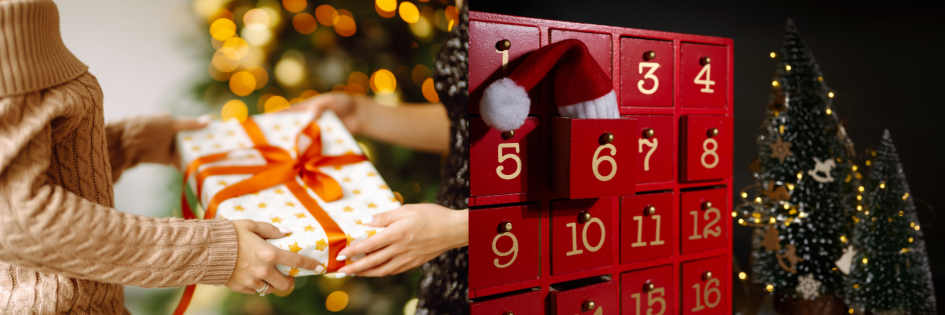How to Prepare for the Holiday Season: An Electrical Safety Checklist

The holiday season is a time for celebrating and spending with family and friends. But with extra decorations, lighting, and heating devices, it’s also important to prioritize safety. At EB Horsman, we’re here to help you prepare with trusted electrical products that keep the holiday season safe and stress-free.
Follow our electrical safety checklist to ensure your holiday season is as safe as it is festive!
Check Extension Cords and Plugs
- Avoid Overloading: Don’t overload extension cords or circuits by plugging in too many decorations. This can lead to overheating and increase the risk of fire. Frequent blown fuses or tripped circuits may indicate you’ve connected too many items to the same circuit.
- Preserve the Grounding Pin: Never remove the third prong on plugs. This "grounding pin" is crucial for preventing electrical shock in the event of equipment failure.
- Proper Cord Placement: Don’t run extension cords under carpets, through windows or doorways, or in areas where furniture could damage them. Keep outdoor connections above ground and out of puddles to avoid water exposure. Avoid running them across driveways and walkways to prevent tripping hazards.
- Invest in Surge Protectors: Surge protectors safeguard sensitive equipment like TVs, computers, and smart home devices from voltage surges, preventing costly damage or downtime.
- Use GFCI-Protected Outlets: Plug outdoor electrical decorations into Ground Fault Circuit Interrupter (GFCI)-protected outlets to enhance safety.
Check Your Smoke and Carbon Monoxide Detectors
- Test Your Alarms: Regularly test your smoke and carbon monoxide alarms to ensure they are functioning correctly. Press the test button on each unit to verify that the alarm sounds.
- Replace Batteries: Replace the batteries in your smoke and carbon monoxide alarms if needed. Make it a habit to replace batteries at least once a year, or if the alarm chirps to indicate low power.
- Check Alarm Expiry Dates: Smoke alarms typically have a lifespan of 10 years. Check the expiration date on the back of the unit and replace it if it’s more than 10 years old.
- Ensure Proper Placement: Make sure alarms are installed in key locations: inside and outside sleeping areas and on every level of your home. Avoid placing alarms too close to kitchens or bathrooms where steam can cause false alarms.
- Clean Your Alarms: Regularly dust and vacuum your smoke and carbon monoxide alarms to keep them clean and free of dust that can interfere with their sensitivity.
If you are in need of a new alarm, consider adding Kidde alarms to your safety checklist. Kidde has been a trusted leader in home safety and fire prevention for decades, offering a comprehensive range of products, including reliable smoke detectors, carbon monoxide alarms, fire extinguishers, and safety escape ladders, ensuring your home is well-prepared and secure.
Check Electrical Panels
- Visual Inspection: Look for signs of rust, fading, cracking, or excessive wear and tear on the panel. If you notice any of these signs, your panel may be exposed to the elements, which could make it unsafe to continue operating.
- Test Circuit Breakers: Ensure all circuit breakers turn on and off easily. If a breaker shuts off unexpectedly after being turned on, this could indicate a short or other electrical problem that poses a risk to your home.
-
Seek Professional Inspection: If you detect any issues with the visual condition of the panel or if circuit breakers are not functioning properly, contact a qualified electrician.
Maintain Holiday Lighting
- Inspect for Frayed Wires or Damaged Sockets: Check all holiday lights for any visible signs of damage, such as frayed wires or damaged sockets. Replace any faulty lights immediately to prevent fire hazards.
- Use Outdoor-Approved Lights: Ensure that all outdoor lights are rated for outdoor use. This ensures they are designed to withstand exposure to the elements like rain, snow, and temperature fluctuations.
- Secure Positioning: Make sure all outdoor lights are securely positioned to prevent exposure to the elements. Avoid running extension cords across walkways or driveways, and place them in areas where they are less likely to be damaged by foot traffic or vehicles.
Check out our lighting season checklist.










